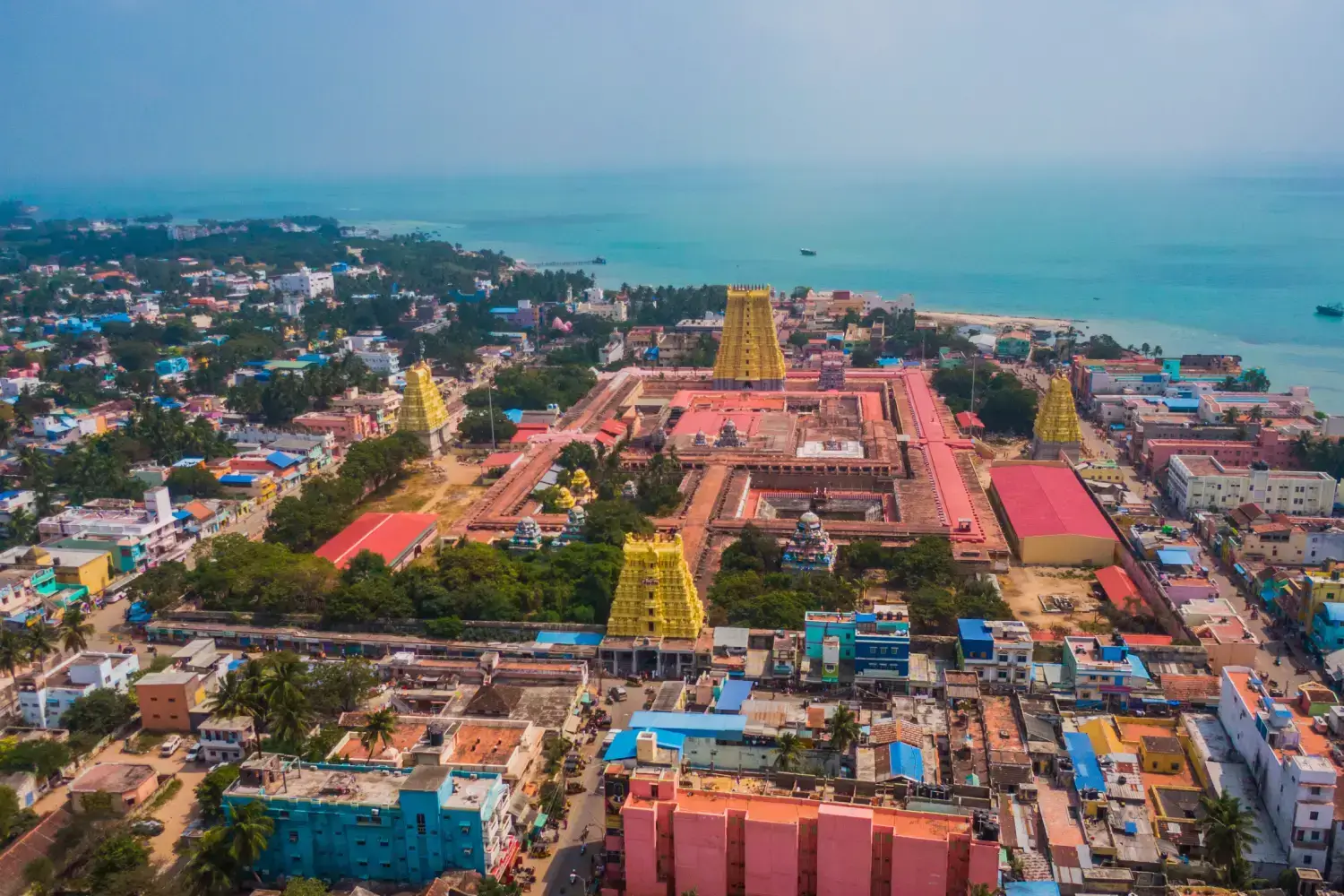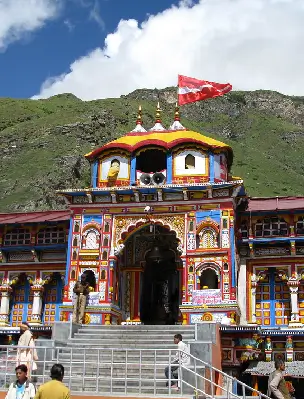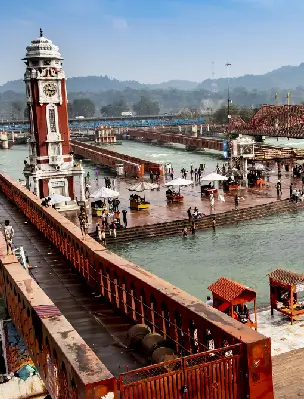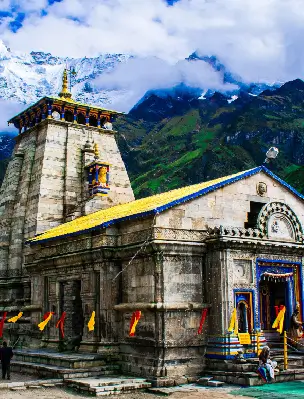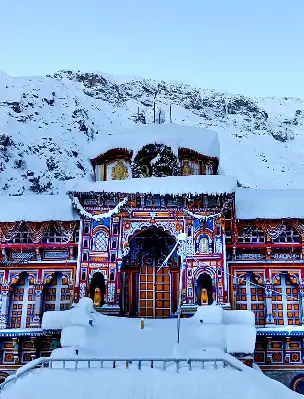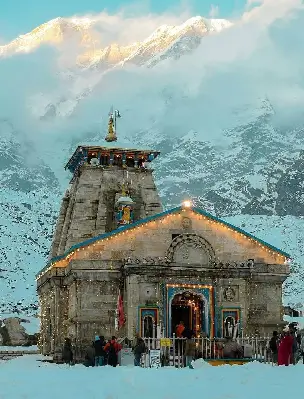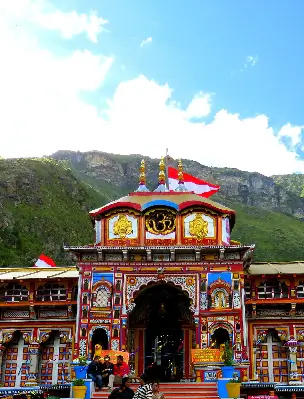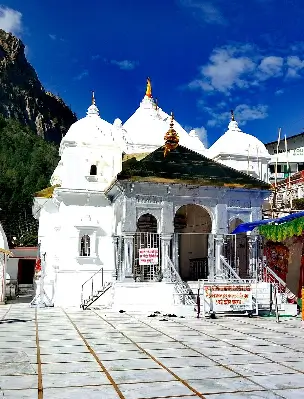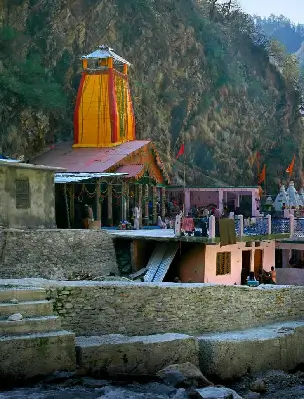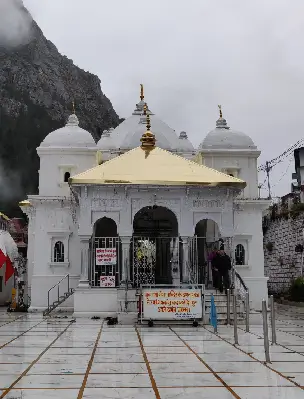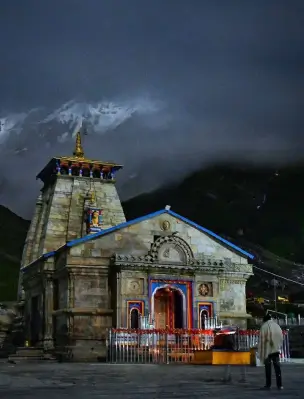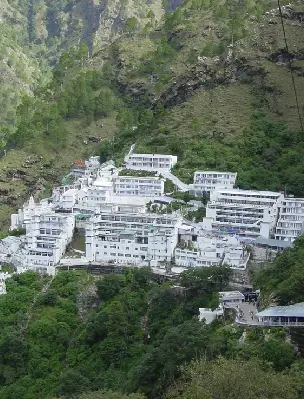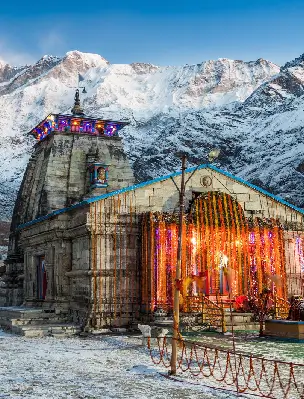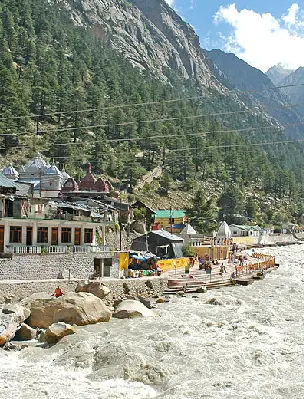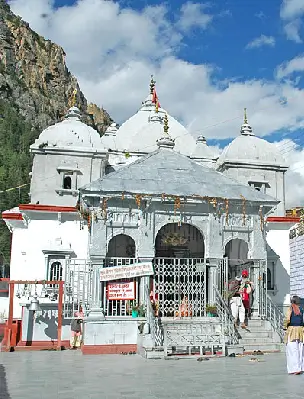Rameshwaram Temple
About Rameshwaram Chardham Pilgrimage Site in Tamil Nadu
Rameshwaram, the popular south Indian Hindu pilgrimage centre, is one of the four major sacred sites in the four cardinal points of India. It is known for its religious and cultural legacy documented in old scriptures and practised in the temples of Rameshwaram.
The legends of this town have made it a revered site for both Shaivites and Vaishanavites. It is one of the most pious places to worship Lord Shiv, while also one of the significant sites in Lord Ram’s legend, The Ramayan. Rameshwaram is an island town located on the tip of the Indian peninsula, separated from the mainland. The name translates to the "place of Ram's Lord", which indicates Lord Shiv who were dearest to Lord Ram. Lord Ram along with his brother Lakshman, installed and worshipped Shivlingam at Ramanathaswamy Temple here in Treta Yuga.
The Rameshwaram Temple was defined as the major religious site in Hindu religion by Adi Shankaracharya in the 8th century. At present, thousands of devotees visit here every day to get a mere darshan (auspicious sight) of Lord Shiva.
Religious & Spiritual Significance of Rameshwaram
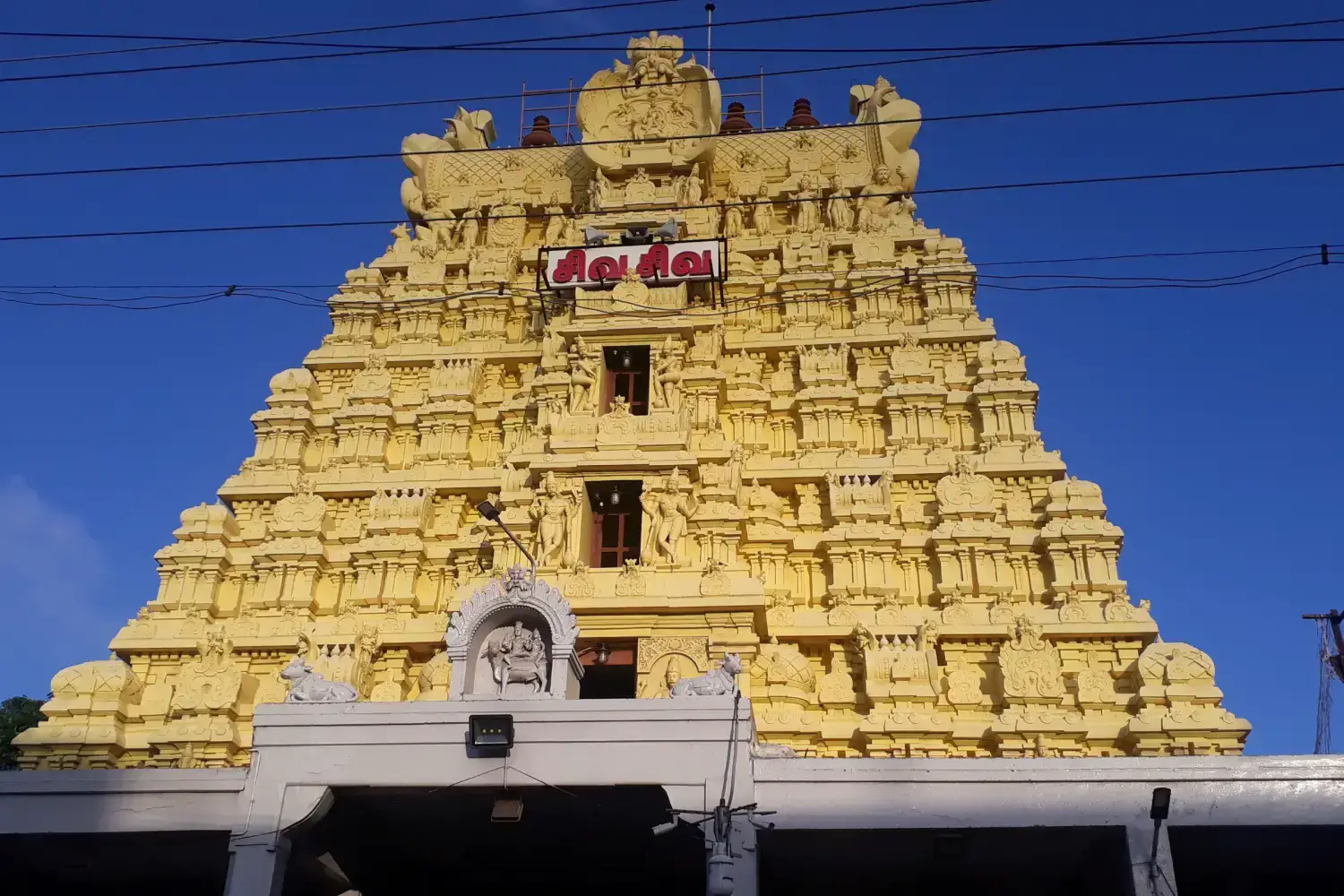
ameshwaram is significant for Hindu devotees because of the events that occurred here, as mentioned in the ancient Indian epic, The Ramayan. It is its significance that even a pilgrimage to the holy city of Varanasi is considered incomplete without visiting Rameshwaram.
Rameshwaram is one of the four supreme pilgrimages - The Char Dhams, including Puri, Dwarka, and Badrinath. According to Ramayan (the story of Lord Ram), Rameshwaram was the place where Lord Ram arrived while following the Demon King Ravan of Lanka. As there was no way further, due to the sea between Rameshwaram and Lanka, he sought guidance from Lord Shiva. Lord Ram installed Shiv Linga and built Ramanathaswamy temple to worship Lord Shiva.
Today this famous temple in Rameshwaram is known as the Ramanathaswamy Temple and considered one of the major religious destinations in Hinduism. Lord Ram installed two Shiv Lingas in the temple, one made by himself from clay while the other self-manifested Spatika Lingam brought from the Himalayas. Apart from the Ramanathaswamy Temple Ramsetu is another reason that makes Rameshwaram a significant religious site in India.
According to Ramayan, Lord Ram built Ram Setu Bridge, on the sea from Rameshwaram to Reach Lanka (Sri Lanka) island. It is believed that this floating stone bridge was constructed from the eastern tip of Ramanathpuram which continued in Rameshwaram till Talaimannar in Sri Lanka.
Ramsetu is a 48 kilometre long natural limestone shoal (submerged sandbar in shallow water) that connects Rameshwaram to Munnar island of Sri Lanka. In the Valmiki Ramayan, Ramsetu was commenced by Lord Ram and built by his Vanara (monkey) army to attack the demon king of Lanka Ravan and rescue Goddess Sita. Various scientific studies also suggest that Ram Setu was above sea level a few thousand years ago. Thus, Rameshwaram remains an important spiritual landmark attracting both pilgrims and explorers.
Ramanathaswamy Temple – The Main Attraction in Rameshwaram, Tamil Nadu

Although popularised as Rameshwaram Temple, the Ramanathaswamy Temple is the pilgrimage attraction every Hindu wants to undertake at least once in a lifetime. This glorious temple has a huge premise and is packed with intriguing features. Additionally, it is located on the southernmost edge of India, backed by the landscape of virtually endless sea.
Ramanathaswamy Temple is one of the most sacred temples in Hinduism and one of the Four Holy sites which collectively are called Char Dham of India. In addition, it is the only Char Dhams temple that is devoted to Lord Shiva. The Ramanathaswamy Temple is part of a long history and thus has many legends about its origin and significance in Hinduism.
History and Origin of the Temple
The Rameshwaram Temple's history begins with the legend of Ramayana. According to the beliefs, Lord Ram worshipped Lord Shiva here on the sea coast of Rameswaram island. As the story goes, Lord Ram sought forgiveness from Lord Shiva for killing Ravan. It was because even though Ravan had demonic traits, he was born to a Brahmin father, and killing a Brahmin was considered an enormous unrighteousness. However, another legend contrarily says that Lord Ram worshipped Lord Shiva but before even building the Ram Setu to attack Ravan. Because there was no Shiv temple then, Lord Ram sent Hanuman to bring the sacred Shivling from Kailash Parvat (Himalayas). Lord Hanuman couldn't make it back before the auspicious time, so Lord Ram built a Shivling himself from the clay. Thus, there are two Shivlingas in the Ramanathaswamy temple; the one made by Lord Ram is called Ramalingam and the one brought by Lord Hanuman is called Vishwalingam.
In the 8th century, great Vedic teacher Adi Shankaracharya, set forth Rameshwaram as one of the four most hallowed sites (including Badrinath in the north, Puri in the east, and Dwarka in the west) for the Hindu religion. He is said to also have established the Kanchi Shankara Mathha at-front the corridor of the Ramanathaswamy Temple.
Afterwards, multiple kings from various dynasties renovated or expanded the Ramanathaswamy Temple, which resulted in the temple structure which we see presently. King Rajaraja of the Chola dynasty made significant donations and renovations to the Ramanathaswamy temple in the 10th century.
During the 12th century, the Pandya dynasty contributed to the Ramanathaswamy Temple structure. Jeyaveera Cinkaiariyan and Gunaveera Cinkaiariyan renovated the principal shrine in the 14th and 15th centuries.
Between the 16th to 18th centuries, Kings from the Sethupathi Maravar clan commissioned significant additions to the Ramanathaswamy temple. Most of the present features in the temple were built by Sethupathis including the "third corridor", which is the longest pillared corridor in Asia. Some significant names from Sethupathi's reign include the Udayan Sethupathi, Thirumalai Raghunath Sethupathi, and Kilavan Sethupathi. Nayakas and Marathas also contributed to the present structure of the Ramanathaswamy Temple.
Significance and Legends
For over a billion Hindus, Char Dham (the four abodes of God) are the religious places of highest rank in the world. The Ramanathaswamy Temple is one of those four hallowed places. The association of this temple with Lord Ram, one of the most revered deities in the Hindu pantheon, solidifies its importance more. The Shiva Lingam (formless representation of Lord Shiv) in the temple was made by Lord Ram himself, and doing "Abhishek" (coronation) of Vishwalingam is considered one of the highest forms of sanctity in Hinduism.
The Shivling in Ramanathaswamy is also one of the 12 Jyotirlingas, the 12 specific Shivlingas present in Swayambhu (self-manifested) form. It is one of the 275 Paadal Petra Sthalam but a revered site for Shaivites and devouts of Lord Rama as well. It is here that the saints like the Appar, Sundarrar, and Tiruguna sang hymns of Lord Shiva. There are 22 Theertham (holy wells) in Rameshwaram Temple, which are believed to rinse off earthly evils from the body if taken dips in them. According to people, during the dips you get flashes of your wrongdoings from your past. After the first few dips these visions start fading and peace starts to add in your mind.
According to many, no pilgrimage bears its full fruit without visiting Rameshwaram. Even many say that a visit to Varanasi is also not considered complete without having a visit to the Ramanathaswamy Temple. Many Hindus come to Rameshwaram to perform after-death rituals of their progenitors.
It is also said that Swami Vivekanada also worshipped in Ramanathaswamy Temple before his tour to Chicago.
Architecture of the Temple
Ramanathaswamy Temple is covered in an amazing work of architecture, which is evident throughout its edges. The temple has a regal appearance but also turns the mood into a high spirituality. Spread over 15 acres of land, this temple is a massive combination of features from different times in History.
Due to its high religious significance, over the millennium many Kings added something to the structure in reverence and ensured its maintenance time after time. Thus, the temple truly shares a manifold of architectural elements.
Overall the Ramanathaswamy temple has a typical south Indian Dravidian architectural style that features towering Gopurams, high wall boundary, and pillared corridors.
Its complex is 870 feet long from east to west and 690 feet from north to south. The main entry from the eastern wall features the tallest gopuram 53 metres (174 feet) adorning the skyline of Rameswaram island, while the gopurams on the west, north, and south walls are about 30 metres high. There are three concentric rectangular courtyards surrounding the main temple in the centre. There is a corridor in each courtyard namely 1st, 2nd, and 3rd corridor. It has hundreds and hundreds of sandstone pillars lined up on both sides at five five-foot plinths. These granite stone pillars were added to the temple in different periods by different rulers. Painted in vibrant colour shades, these pillars boast intricate carvings and various figurines from mythologies on them. To witness the intricate work of artisans, visiting Ramanathaswamy temple in Rameshwaram is considered one of the best options.
The third corridor has a length of 650 metres (2100 feet). The second corridor is about 360 metres (1200 feet) long. The first corridor is about 198 metres (650 feet) long. The corridor of Ramanathaswamy Temple is reputed as the longest pillared colonnade in the world.
The Ramanathaswamy temple structure was initially thatched but evolved over time. There are five main halls (Sannidhi) for Sukravara, Nandi, Sethupathi, Kalyana, and Anuppa. There are 22 holy wells scattered all around the temple. In the temple, lies two lingams and the main sanctum is guarded by the 9 ft high and 12 ft long Nandi statue. The temple has a statue of Virbhadra added by Vijayanagara kings in the 1500s.
The Best Time to Visit Rameshwaram
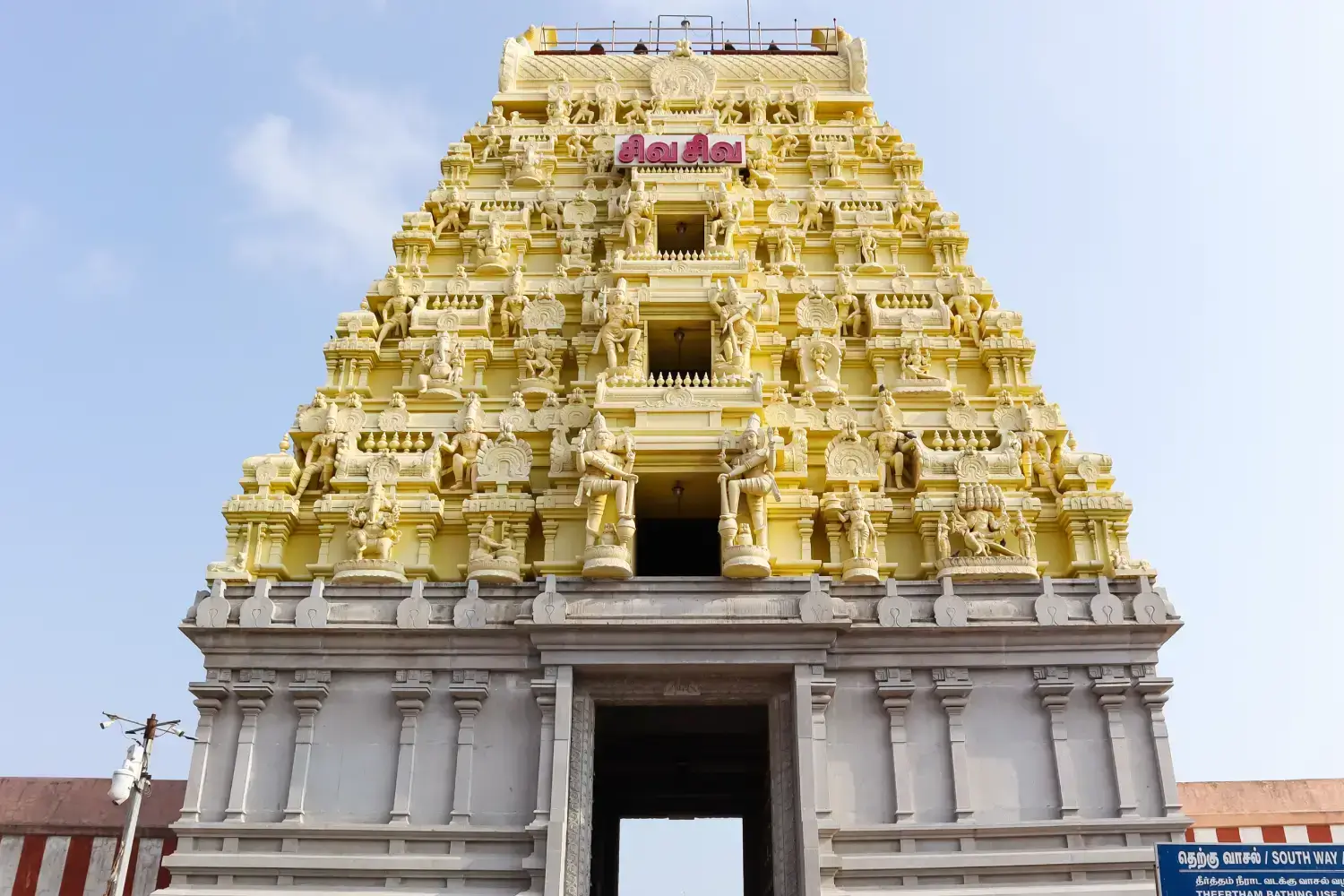
Rameshwaram is a coastal town and offers the best experience during the winter months. Thus, the best time to visit Rameshwaram is between October to March.
Winter Season (October to March)
The temperature in Rameshwaram during winter is at its best. Travelling and strolling around Rameshwaram is a comfortable and enjoyable task during winter. The mercury sets itself between 20°Celsius to 25°Celsius with sunny days and cooler nights.
Summer Season (March to Mid-June)
The climate during the summer months is hot and humid. It is a highly uncomfortable time, thus attracting the least travellers during these months. The temperature ranges between 35° to 42° Celsius.
Monsoon Season (Mid-June to September)
During monsoon, Rameshwaram experiences moderate to heavy rainfall. However, during this time the city looks amazingly beautiful. Though you may encounter a little too heavy showers, nature enthusiasts suggest it as a pleasant time to visit Rameshwaram.
How to Reach Rameshwaram?

TThe geographical setting of Rameshwaram makes travelling here a magnificent venture. Besides, it is very easy to get here. Travel here through any of the options from Air, Railway, or Road, which is the most suitable for you.
By Air: The nearest airport to Rameshwaram is Madurai, which is about 170 kilometres from Rameshwaram. Take buses or taxis directly to reach Rameshwaram from the airport. The road transit will be about four hours from the airport.
By Road: Reach Rameshwaram easily through excellent roads connecting to all major cities nearby including Chennai, Madurai, Puducherry, Trichy and Coimbatore. A road trip to Rameswaram can be an excellent idea as you will come across many beautiful sights en route.
By Railways: Rameswaram has its own railway station which is very well-connected to major cities in south India including Madurai, Chennai, Puducherry, Coimbatore as well as Bangalore. Express trains ply from these stations on a regular basis which can be easily availed by passengers.
Other Popular Attractions to Visit in and around Rameshwaram
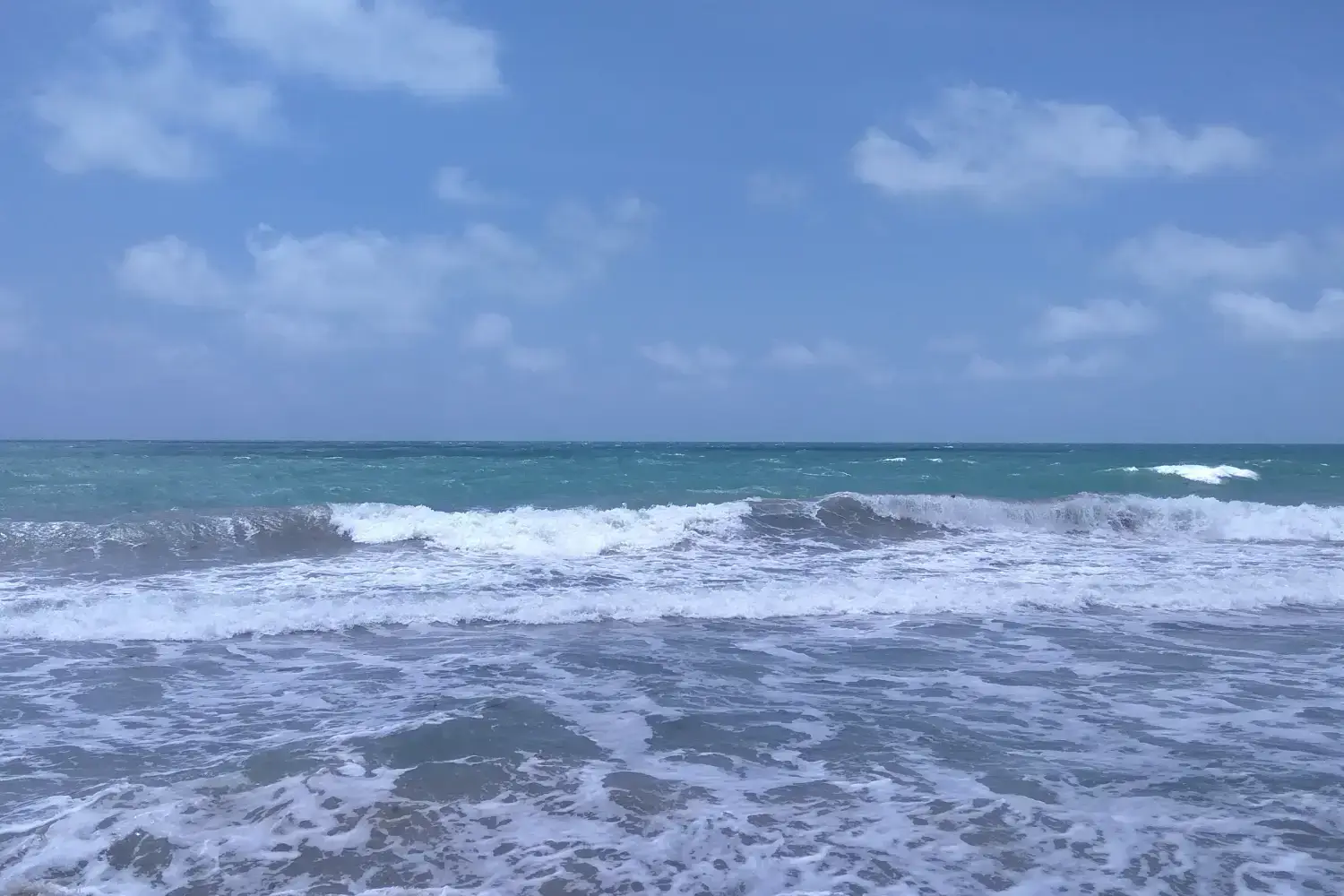
Former President A.P.J. Abdul Kalam House
Born and raised in Rameshwaram, Dr APJ Abdul Kalam was one of India's most renowned scientists, also known as the 'Missile man of India'. House of Kalam is the place where DR. Kalam was born on 15th October 1931. He was an aerospace scientist. The place is now converted into a museum that presents a glimpse into the life of one of India's greatest leaders and Former president of India, Dr APJ Abdul Kalam. There are photographs and documents from his early childhood and research works from his later years. You can see the medals, awards, and accolades that define the valued contribution of Abdul Kalam to defence and research. There is a shop on the second floor where you can buy handmade souvenirs and seashell items. The museum is about one kilometre from the Ramanathaswamy Temple. The opening time of House of Kalam is between 8 am to 7 pm.
Dhanushkodi
Dhanushkodi is an uninhabited village on Pamban Island 20 kilometres from Rameshwaram. It is a popular point of interest near Rameshwaram for the beaches and the meeting point of the Bay of Bengal and the Indian Ocean. This town was ravaged during the cyclone that hit in 1964 and today the damaged buildings are memorials. Sightseeing in Rameshwaram is incomplete without visiting Dhanushkodi.
The island is occupied by hutments of fishing community people, who lead very secluded lives and are solely dependent on fishing. It is the town where Lord Rama's bridge over the sea to Reach Sri Lanka was started. The town is much frequented by tourists, and the central government constructed an excellent road connectivity a few years back to make it accessible within half an hour. Both autos and taxi facilities are available from Rameshwaram.
Kodandarama Temple
Associated with the Ramayana epic, the Kodandarama Temple is an en-route attraction to Dhanushkodi, built over a thousand years ago. It is said that Rama met Vibishana, brother of Ravana, a devotee of Sri Rama, here. Rama made Vibishana the king of Lanka and performed the rituals during the war. The scenic view of the sea surrounding the Temple with the submerged Ram setu in the landscape is extremely serene. The temple also withstood the 1964 cyclone which caused destruction in the town and almost nothing was left after. Present in the south of Rameswaram, it was a small temple but is now home to a new one. As per religious texts, in order to build the Setu bridge Rama struck it with one end of His Dhanush and from this fact it came to be known as Dhanush-Koti.
Ramar Padam
Ramar Padham is a Temple for Ram’s Feet, it is located in the sandy hillock named GandhaMadhana Parvatham. The word ‘Parvatham’ can be translated as the mountain and the feet of Lord Rama are engraved in a stone wheel here.
Ramar Padam, about 15 km away from Rameshwaram has an amazing view of the Pamban Bridge and the seas around. One of the tallest temples in Rameswaram. Many say that they can actually view Sri Lanka while standing on Ramar Padham. Well, it is not true to that extent, still one could have a full island view of Rameswaram.
A glimpse of the Pamban Bridge, Doordarshan Tower, Villoondi Theertham, olaikuda lighthouse, and even the Ramanatha Swamy Temple are clearly visible from here. Situated where natural beauty aligns with mythological history, Ramar Padam has become a photographic marvel and a holy site in which people can explore the region’s heritage. It is definitely among the famous tourist attractions near Rameshwaram to visit.
Ariyaman Beach
For the lovers of calmness and a serene environment, Ariyaman Beach is the place to suit your vibration. This beach is located about 27 km away from Rameshwaram and provides a calm and quiet atmos, unlike the crowded beach in the town. With its soft golden sand and crystal-clear water, Ariyaman Beach is best for relaxation and having a picnic. It is one of the best destinations mentioned in this Rameshwaram tourism guide for calm vacation lovers. The tourists can go on water sports and beach activities to make the area a little more thrilling despite being so calm and serene.
Arichal Munai (Sunset Point)
Arichal Munai, also known as the Cape Comorin or Kanyakumari Point, is accompanied by historical and geographical significance of the southernmost end of the Indian mainland. It is built at the end of mainland India boasting a beautiful 360° view. It is the best place to visit near Rameshwaram to witness the rising or setting of the sun over the horizon. It is the best Instagrammable spot for social media birdies. This island is approximately twenty kilometres away from the Rameswaram Temple.
You Might Also Like to Read
- The History of Kumbh Mela
- Chardham Yatra Offline Registration
- Tungnath Temple Opening & Closing Dates
- 12 Jyotirlinga Temples in India
- Madmaheshwar Temple Opening & Closing
- Badrinath & Hemkund Sahib Helicopter Yatra Services
- Kedarnath Yatra Helicopter Booking Guide
- Online/Offline Registration information for Chardham Yatra
- Char Dham Yatra by Helicopter
- Top Things to Carry with Chardham Yatra
- Best Places to Visit in Uttarakhand
- Best Places to Stay in Badrinath
- Best Places to Stay in Kedarnath
- Rudranath Temple Opening & Closing
- Online Puja Booking at Badrinath & Kedarnath Temple
- Places to Visit Near Badrinath Dham
- Akshaya Tritiya Festival Information
- Best Places to Explore Enroute Kedarnath Dham Yatra
- Ranikhet Tourism- Top Places to Explore & Things to Do
- Kalimath Temple Information
- History of Shri Kedarnath Temple
- Badrinath Temple History
- Gangotri Temple History
- Best Places to Visit in Puri Odisha
- Popular Religious & Spiritual Cities to Visit in India
- History of Yamunotri Temple
- Best Treks in Uttarakhand to Explore During the Chardham Yatra
- Dwarka Tourism – Dwarkadhish Temple Gujarat
Popular Tours
Book The Tour
Char Dham Temples
Hotels in Chardham Circuit
Char Dham Tour Packages
- Char Dham Yatra From Delhi
- Chardham Yatra From Mumbai
- Char Dham Yatra From Ahmedabad
- Chardham Tour with Hemkund Sahib
- Chardham Yatra by Helicopter
- Char Dham Yatra with Vaishno Devi & Amritsar
- Chardham Tour with Gomukh Trek
- Char Dham Packages From Bangalore
- Chardham Yatra From Chandigarh
- Char Dham Yatra with Auli
- Char Dham Yatra From Hyderabad
- Char Dham Yatra with Vaishno Devi, Jwalaji & Amritsar
- Char Dham Yatra From Chennai
- Chardham Packages From Bhopal
- Char Dham Yatra by Luxury Vehicle
- Char Dham Yatra with Satopanth Lake
- Char Dham Yatra with Panch Badri Tour
- Char Dham with Valley of Flowers
- Chardham Yatra with Mahavatar Baba and Nainital Tour
Do Dham Yatra
- Badrinath Kedarnath Yatra From Haridwar
- Badrinath Kedarnath Yatra
- Gangotri Yamunotri Yatra
- Gangotri Yamunotri Yatra from Haridwar
- Kedarnath Badrinath Yatra with Hemkund Sahib
- Kedarnath Badrinath Yatra with Valley of Flowers
- Kedarnath, Badrinathdham With Lake Of Nainital
- Yamunotri, Gangotri with Lake of Nainital
Ek Dham Yatra
- Badrinath Pilgrimage Tour
- Kedarnath Pilgrimage Tour
- Gangotri Pilgrimage Tour
- Yamunotri Pilgrimage Tour
- Kedarnath Yatra By Helicopter
- Badrinath Dham Yatra from Haridwar
- Badrinath Yatra with Hemkund Sahib
- Badrinath Yatra with Valley of Flowers
- Gangotri Dham Yatra with Gaumukh
- Kedarnath Dham Vasuki Tal Trek
